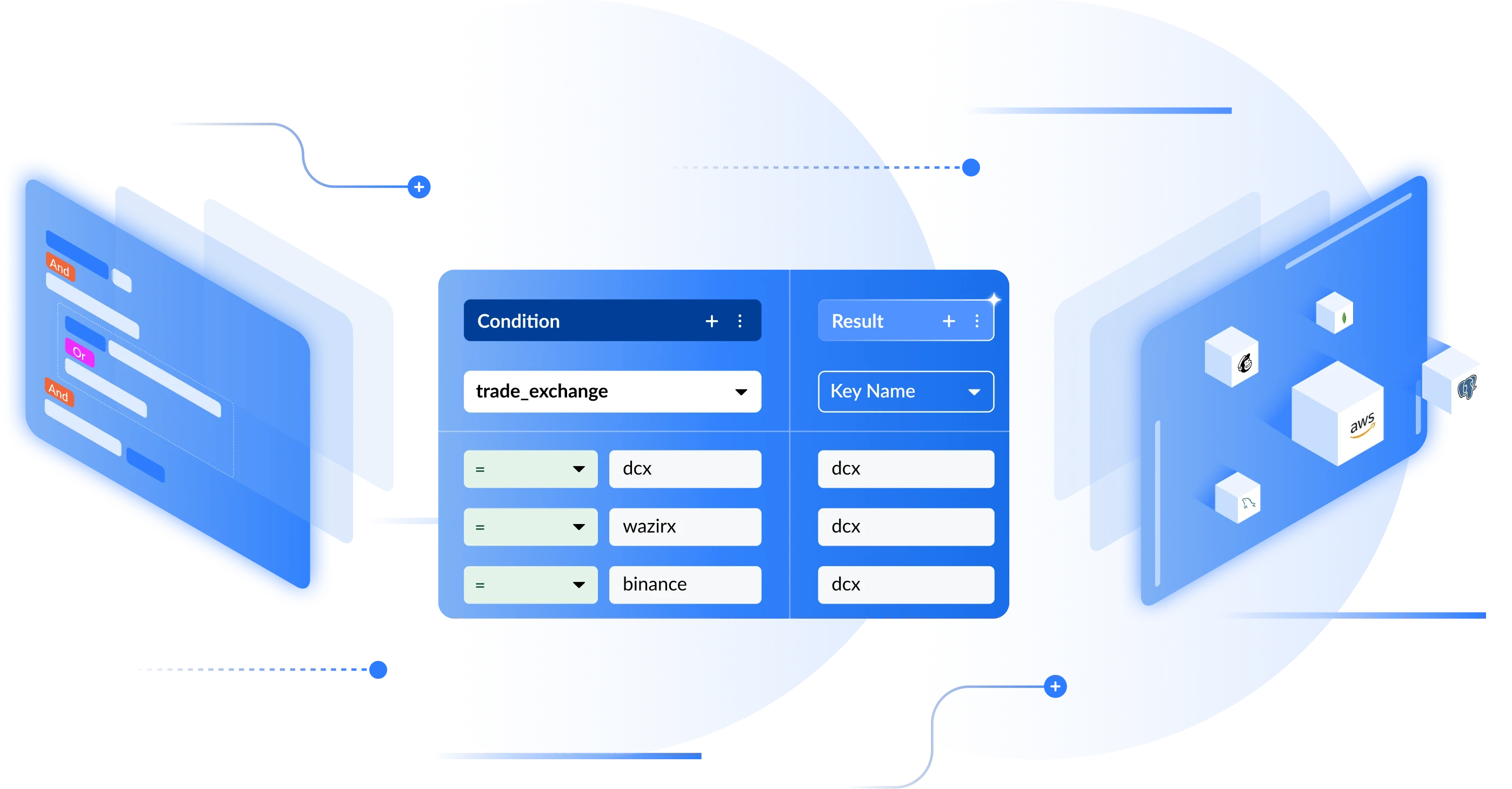Nected vs Camunda
Camunda handles workflows well—but decision automation isn’t its strength. Its decision engine is rigid, complex, and slow to adapt. Nected is built specifically for decisions—enabling fast logic updates, versioning, and low-code rule management without constant redeploys. Use Camunda for workflows. Use Nected for decisions.




And that’s why discerning developers and organizations conduct their research & seek Camunda alternatives.






Project Manager

Business Analyst

IT Consultant

Investment Banker
Before investing engineering time into maintaining Camunda’s decision stack—or embedding its DMN engine into production—step back and calculate the real cost.
Total Cost of Ownership

.svg%20(1).webp)
| Time to First Value | 3–6 months | 4–6 months | <1 week |
|---|---|---|---|
| Developer Headcount | 1–3 FTEs | 1–2 FTEs | 0–0.5 FTEs |
| Iteration Speed | 1–2 weeks/change | 1–2 weeks/change | Live updates in minutes |
| Business User Access | Limited (technical users) | No (custom UI) | Yes (visual) |
| Audit, Versioning, SLA | Enterprise features | Custom impl. | Built-in controls |
| Total 5‑Year Cost | ~$720K–$800K | $260K–$350K+ | ~$100K–$150K |
Camunda’s decision engine brings overhead, complexity, and limited agility. Nected replaces that with clarity, speed, and full control over decision logic.
Here’s how developers and architects describe the difference after making the switch:
Director of Product Management
Financial Services
Apparel & Fashion
Administrator
Unlike Camunda, Nected gives both developers and business users the tools to create, manage, and scale decision logic—without writing full applications or relying on DevOps.




Getting started with Nected’s Decision engine is simple and efficient. Follow the video to create and deploy your Decision table within minutes.




Nected stands out as the best alternative to Camunda. It offers a user-friendly, low-code/no-code platform for rule management and provide better workfllow automation, significantly reducing complexity and overhead. Nected also provides robust customer support and a scalable infrastructure at competitive pricing.
For startups and small businesses, Nected is the ideal choice. It simplifies rule implementation and management without the need for extensive coding expertise, making it accessible for teams of all technical levels. This ease of use, combined with cost-effectiveness, makes Nected a powerful tool for businesses looking to automate their processes efficiently.
Yes, there are several free rule engines available, but they often come with limitations in features, scalability, and support. Nected, while not free, offers a value-rich plan that includes comprehensive features, scalability, and dedicated support, making it a worthwhile investment for businesses seeking a powerful and efficient rule engine solution.
Nected offers a more accessible and user-friendly approach to rule management compared to Camunda. While Camunda requires in-depth coding knowledge and a steep learning curve, Nected provides a low-code/no-code environment that significantly speeds up rule development and deployment. Additionally, Nected includes features such as real-time analytics, scalability, and robust integration capabilities, all supported by reliable customer service. This combination of features, ease of use, and support makes Nected a superior choice for businesses and developers alike.

Project Manager

Business Analyst

IT Consultant

Investment Banker

Project Manager

Business Analyst

IT Consultant

Investment Banker
c/o Zime 691 S
Milpitas Blvd Suite 217,
Milpitas, CA 95035
+1 720 575 2906
11th Floor, Indiqube, Tower B
Vatika Towers Sector 54,
Gurugram, Haryana - 122022
+91 8368389921

%20(1).webp)
